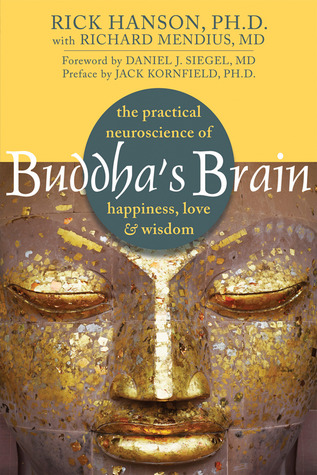Romantic love is found in almost all human cultures, suggesting that it’s deep in our biological—even our biochemical—nature (Jankowiak and Fischer 1992). Although endorphins and vasopressin are involved in the neurochemistry of bonding and love, the major player is probably oxytocin (Young and Wang 2004). This neuromodulator (and hormone) creates feelings of caring and cherishing; it’s present in both females and males, though much more so in women. Oxytocin encourages eye-to-eye contact (Guastella, Mitchell, and Dads 2008); increases trust (Kosfeld et al. 2005); dampens amygdala arousal and
...more
Welcome back. Just a moment while we sign you in to your Goodreads account.


